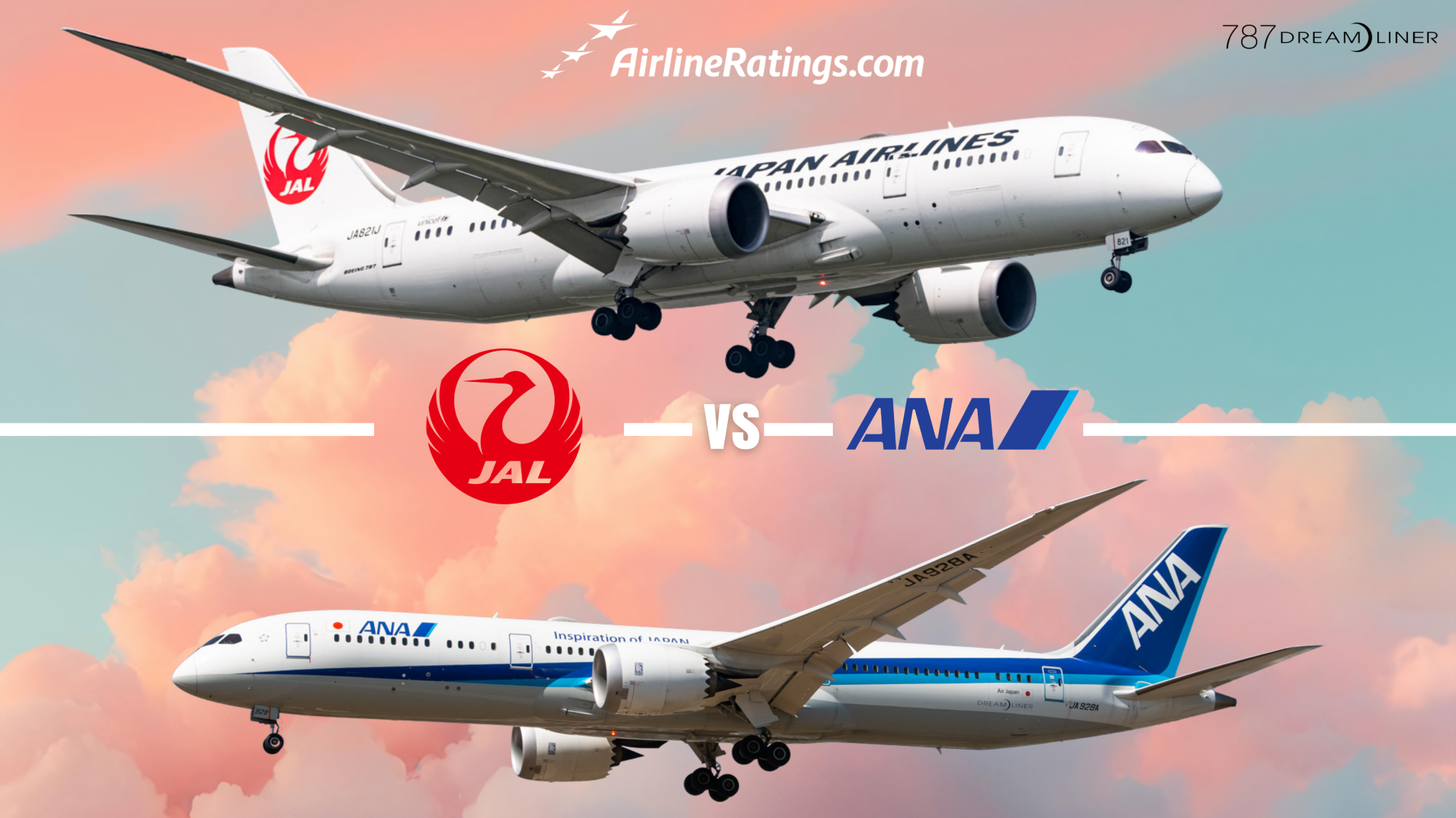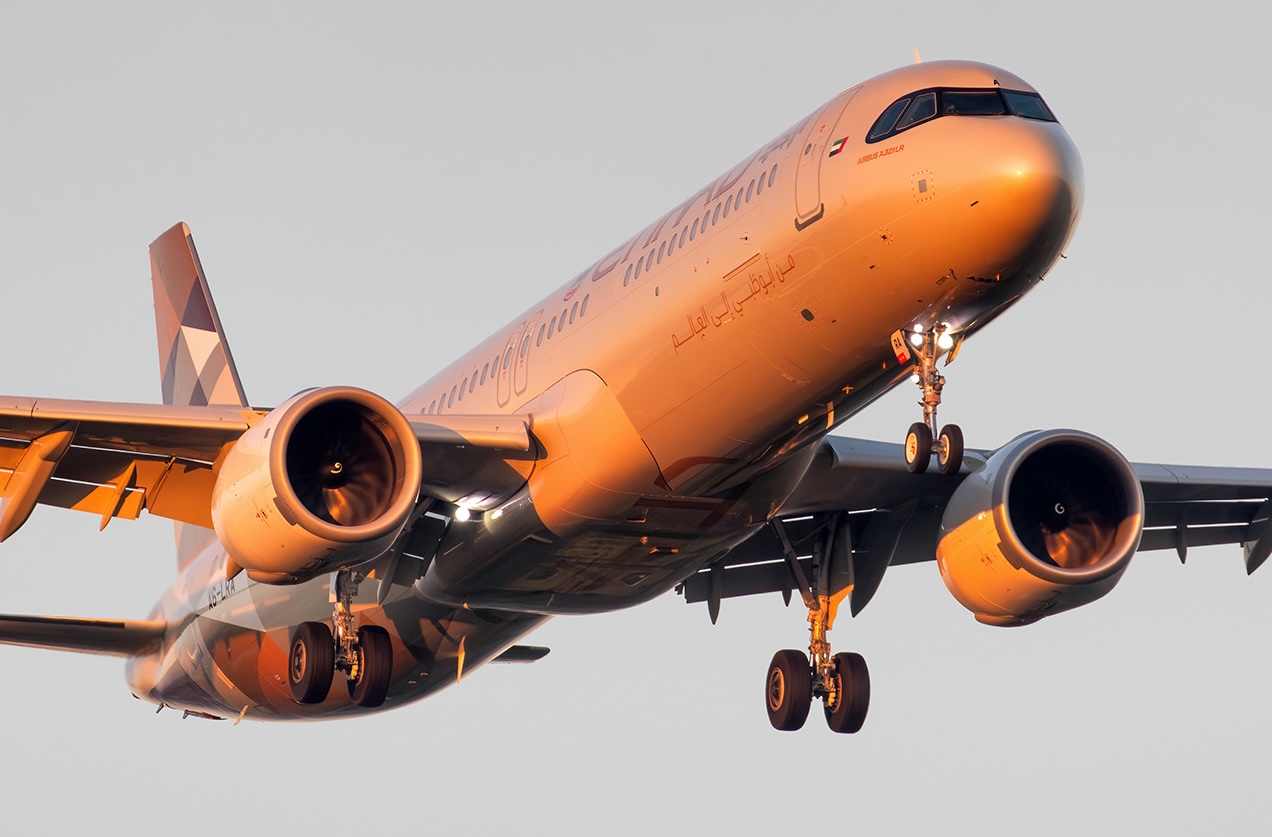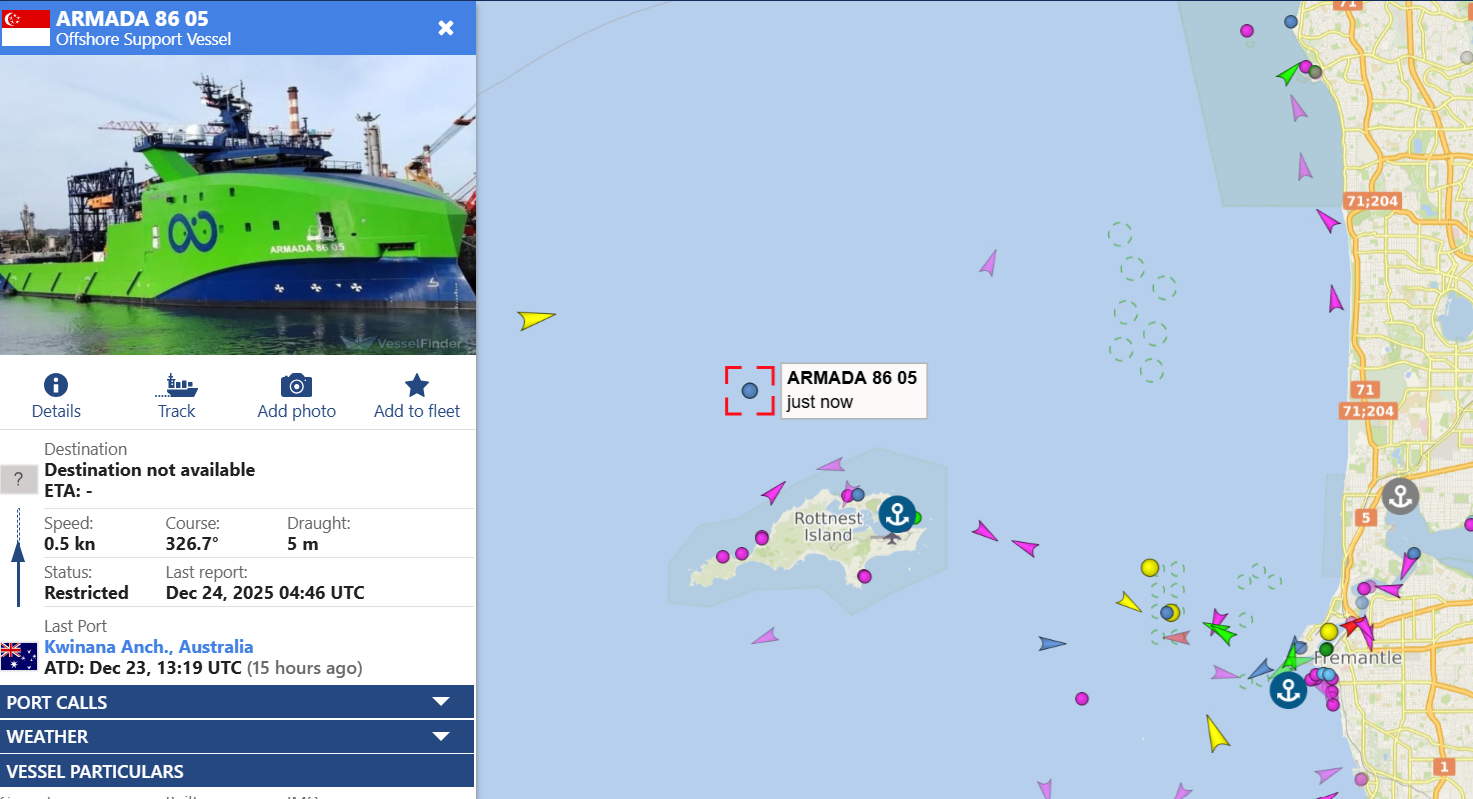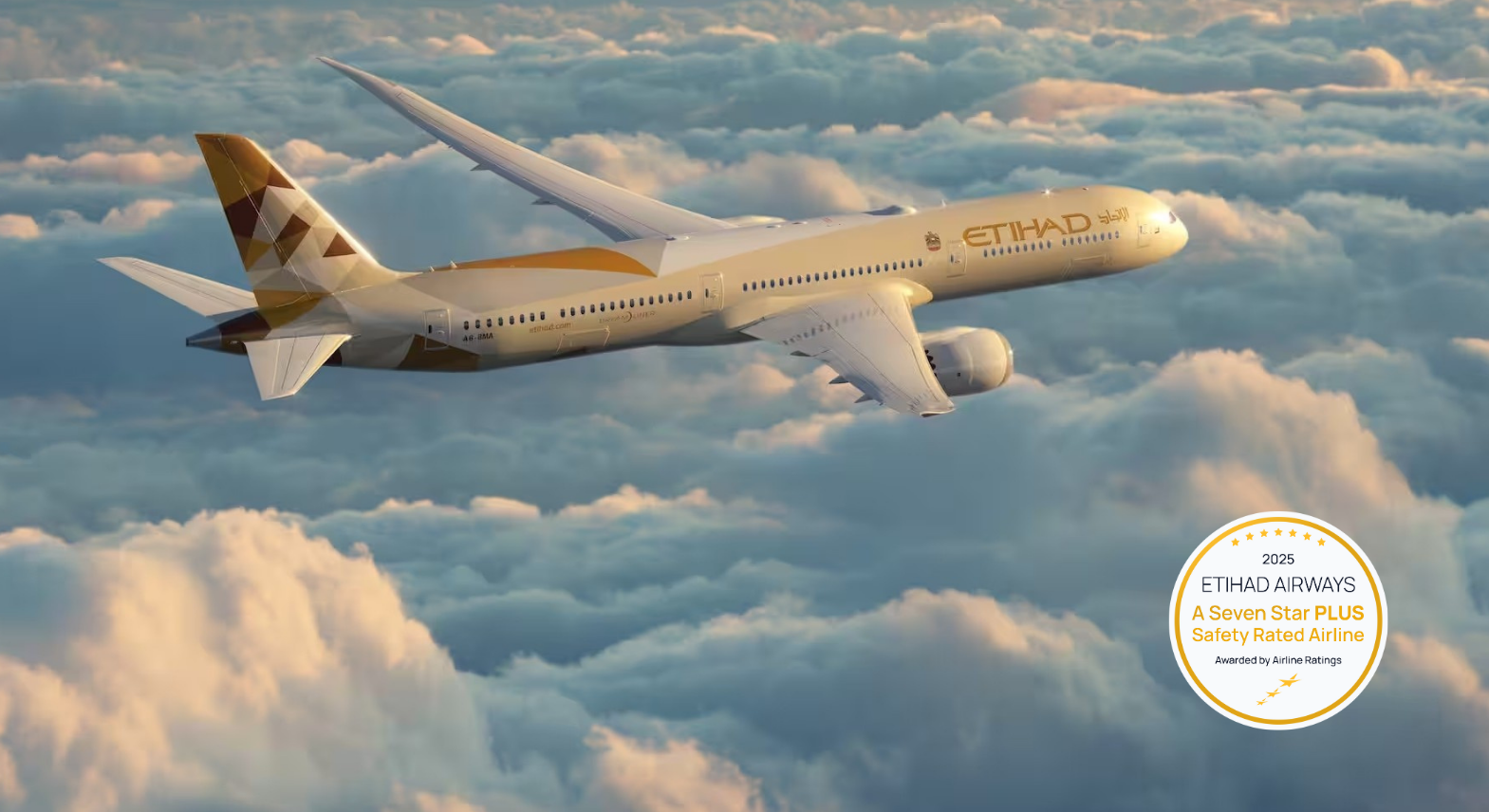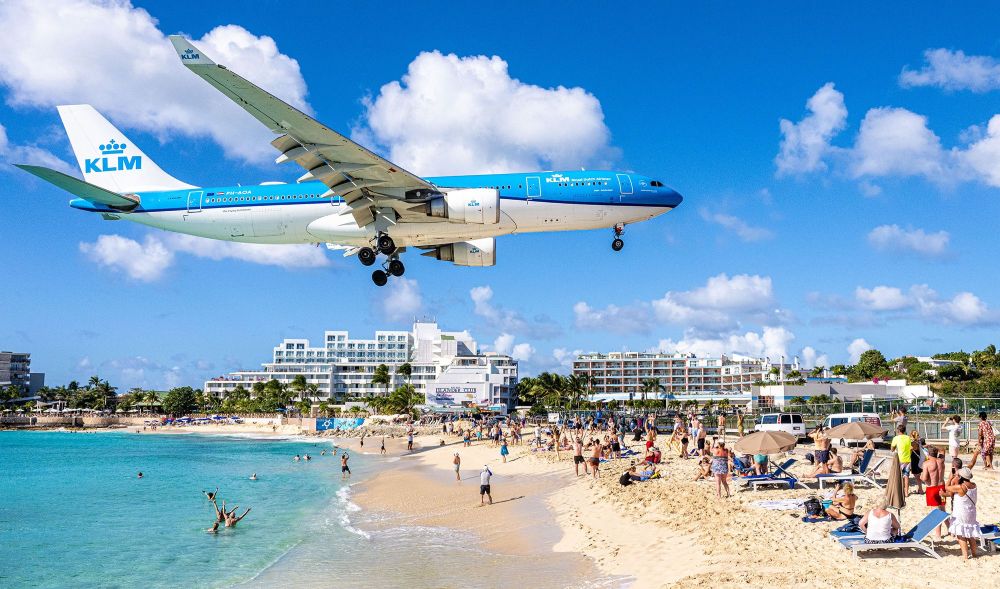
By Nicholas Ling
Published Mon Sep 29 2025
Few countries can claim the privilege of being the home of a truly world-class and top safety rated airline. Rarer still are those that can boast two, each consistently topping global safety ratings and winning the admiration of passengers around the world with multiple awards.
In Japan—the Land of the Rising Sun—this distinction belongs to All Nippon Airways (ANA) and Japan Airlines (JAL). Both carriers operate from the nation’s exceptional airports, delivering signature Japanese hospitality and an unwavering commitment to safety across domestic and international routes.
Their reputations are well deserved. In our 2025 Airline Safety Ranking, both ANA and JAL earned spots in the global top 20. In the World’s Best Airlines 2025 list, ANA placed 14th while JAL ranked 7th, separated by only the narrowest of margins. Together, these accolades underscore the exceptional quality and enduring prestige of Japan’s two flagship carriers.
All Nippon Airways | Japan Airlines | |
Year Established | 1952 (73 years ago) | 1951 (74 years ago) |
Total Destinations Flown per Flightconnections.com | 61 Domestic 41 International | 53 Domestic 38 International |
Total Aircraft Operated in History | 543 | 508 |
Just as quality cookware is essential to a restaurant chef, aircraft form the very heartbeat of an airline’s operations. In this article, we explore the fleets of ANA and Japan Airlines, examining how their aircraft choices shape each carrier’s reputation—and, in turn, how reputation influences strategic fleet planning. We also consider the broader factors driving these decisions, and why certain aircraft have become particularly well suited to Japan’s aviation landscape.
Historically, the numbers tell a tale.
Since the rapid advances in aircraft engineering during the 1950s, Japanese carriers have traditionally relied on American-built aircraft to meet their operational needs. The legacy of the Second World War played a significant role in shaping this reliance, with a substantial portion of Japan’s commercial fleets sourced from U.S. manufacturers, as illustrated in the table below showing the historical fleets of the two airlines.
Aircraft | All Nippon Airways | Japan Airlines |
Total Examples | Total Examples | |
Airbus A300 | 22 | |
Airbus A320 | 36 | |
Airbus A321 | 7 | |
Airbus A350 XWB | 1* | |
Boeing 737 | 67 | 15 |
Boeing 747 | 46 | 114 |
Boeing 767 | 78 | 33 |
Boeing 777 | 35 | 35 |
Boeing 787 Dreamliner | 2** | 6** |
De Havilland DHC-8 Dash 8 | 6 | |
Fokker 50 / 60 | 4 | |
Lockheed L-1011 Tristar | 21 | |
Convair CV880 | 8 | |
Douglas DC-8 | 58 | |
McDonnell Douglas DC-10 | 20 | |
McDonnell Douglas MD-11 | 10 | |
McDonnell Douglas MD-80 | 19 | |
McDonnell Douglas MD-90 | 16 |
*JA13XJ was previously involved in a Jan 2024 runway collision at HND, resulting in total hull loss
**Historical 787s are now operated by Low-cost Subsidiaries of ANA & JAL, Air Japan & ZIPAIR respectively
This close relationship—particularly with Boeing—produced some uniquely tailored solutions. One standout example was the Boeing 747SR-100, a special variant designed specifically for Japan’s dense yet short-haul domestic market. Of the 160 aircraft from the 747 family operated collectively by ANA and JAL, around 18% were 747SR-100s. These aircraft went on to serve an average of 19.37 years, becoming a defining presence in Japan’s domestic aviation scene.
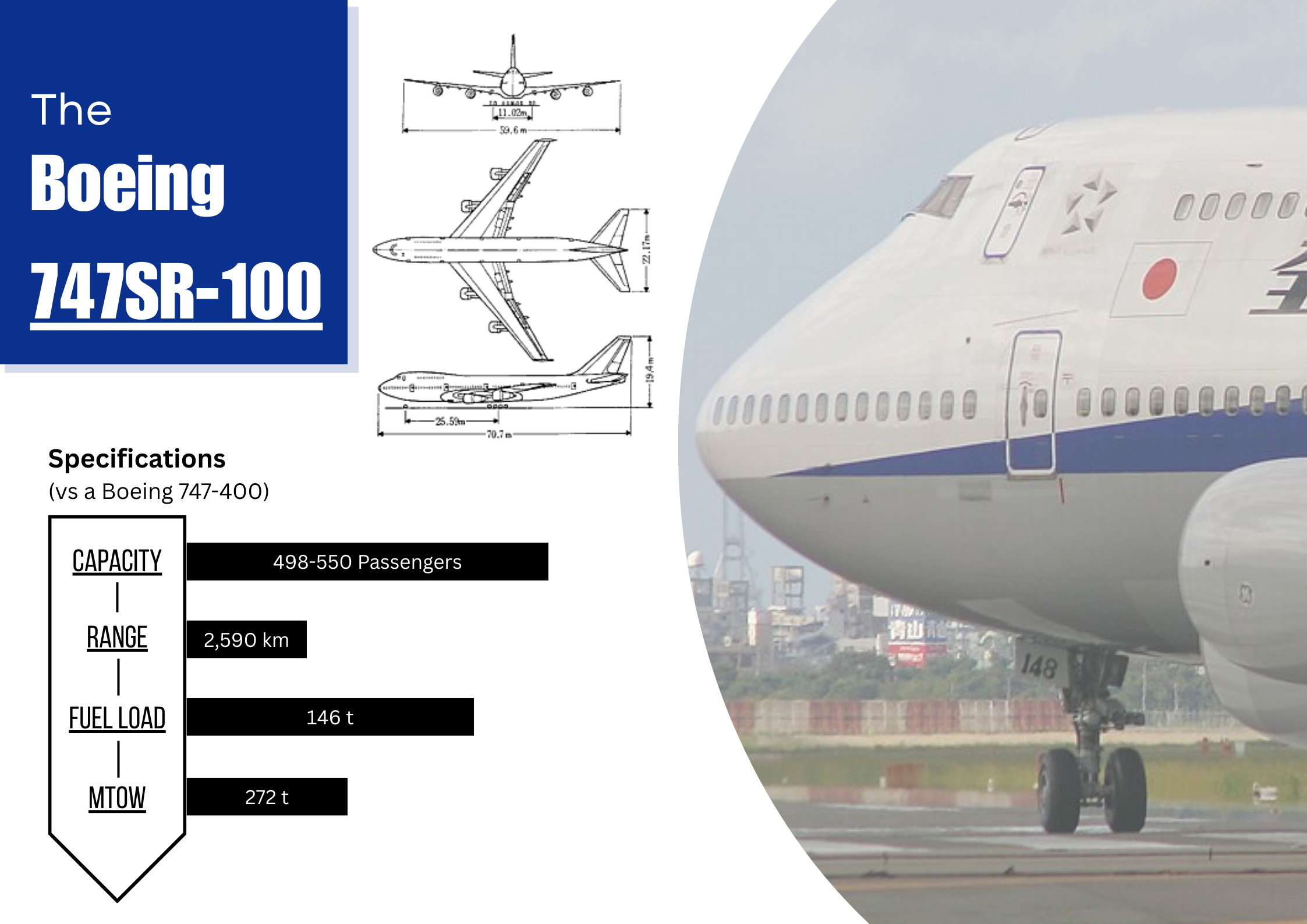
This was just one example of Japan’s influence on aircraft design. A more recent case was the proposed Boeing 787-3, a short-range variant of the Dreamliner family that ultimately never entered production. Designed to seat between 290 and 330 passengers, the 787-3 featured a reduced Maximum Takeoff Weight (MTOW) of 165 tonnes. This limitation on payload and fuel capacity curtailed its range but made it well suited for Japan’s high-density domestic routes.
Like many airlines worldwide, ANA and Japan Airlines have gradually phased out fuel-hungry four-engine widebodies in favor of more efficient twin-engine aircraft. The broader industry evolution—from tri-jet widebodies to a 747-dominated long-haul market, and now to the widespread preference for high-bypass twin-engine jets—was closely mirrored in Japan. For both carriers, the priority has consistently been fuel efficiency, measured in terms of fuel burn per passenger carried, guiding fleet decisions over the decades.
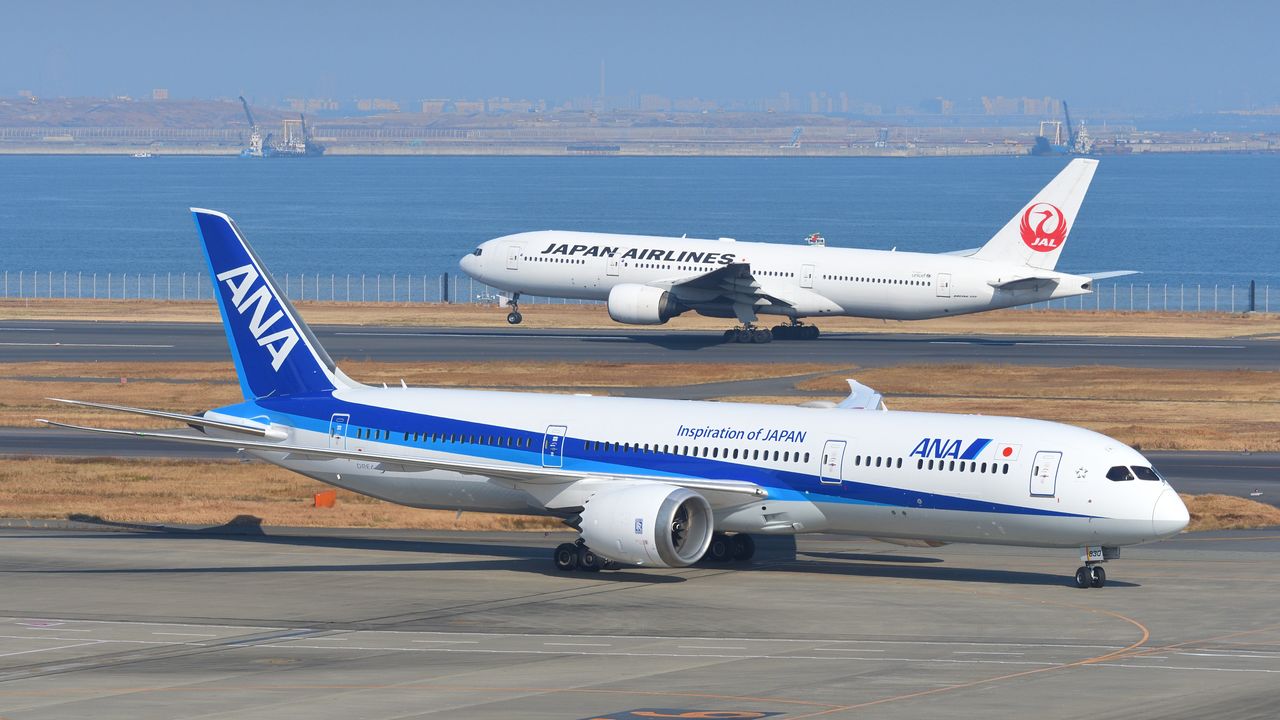
Beyond pure economics, international policies such as the Kyoto Protocol of 1997 (which placed added focus on emissions), also influenced the fleet strategies of Japanese airlines. At the same time, the arrival of more advanced and fuel-efficient aircraft like the Boeing 777, 787, and Airbus A350 reinforced a long-term shift toward efficiency-driven planning. This helps explain the limited interest shown by ANA and Japan Airlines in less efficient four-engine types such as the A340, A380, and 747-8i.
The Current Fleet for ANA and JAL (current from August 2025)
Aircraft | Variation | All Nippon Airways | Japan Airlines | ||
Count | Average Fleet Age | Count | Average Fleet Age | ||
Airbus A320 | NEO | 11 | 7.0 years | ||
Airbus A321 | -200 | 4 | 8.7 years | ||
NEO | 22 | 5.6 years | |||
Airbus A350 XWB | -900 | 15^ | 4.8 years | ||
-1000 | 10 | 1.0 years | |||
Airbus A380 | -800 | 3 | 6.4 years | ||
Boeing 737 | -800 NG | 39 | 12.6 years | 42 | 15.6 years |
Boeing 767 | -300F/(F) | 6* | 22.8 years | 3** | 15.2 years |
-300 | 15 | 17.6 years | 24 | 18.6 years | |
Boeing 777 | -200/ER | 10 | 16.1 years | ||
-300 | 5 | 27.1 years | |||
-300ER | 13 | 9.9 years | 11 | 18.0 years | |
-F | 2 | 6.5 years | |||
Boeing 787 | -8 | 34 | 12.2 years | 23 | 10.1 years |
-9 | 44 | 7.8 years | 22 | 7.6 years | |
-10 | 9 | 2.9 years | |||
Bombardier DHC-8 | -400 | 24 | 16.7 years | ||
*JA603A is a converted Passenger-to-Freighter (P2F) example of the aircraft type.
**JA621J is a converted Passenger-to-Freighter (P2F) example of the aircraft type.
The table above clearly highlights ANA and JAL’s tendency to retain aircraft for close to 20 years, such as the Boeing 767s and older 777 variants. This longevity stems largely from the proven reliability of these models, which have served the carriers well. Contributing factors include ongoing airline investments in fleet maintenance, pilot training, and cabin upgrades—all of which extend aircraft service lives across both domestic and international routes.
As aviation has evolved over the decades, Airbus has steadily closed the gap with its American rival in market share. In recent years, Japanese airlines have also turned to Airbus aircraft—driven partly by controversies surrounding Boeing’s reliability, but also by considerations such as supplier diversification and Airbus’ unique product offerings tailored to the needs of a fast-growing industry.
A few developments in recent years have also impacted the fleet composition of ANA & Japan Airlines. The not-so-long-ago boom in low-cost travel spurred the move in starting low-cost (or, better known as budget) subsidiaries in the form of Air Japan & ZIPAIR Tokyo respectively. To facilitate the move, ANA & JAL moved to transfer some of their Boeing 787-8 aircraft to commence low-cost subsidiary operations, retrofitting the cabins to match the respective budget carriers’ statuses.
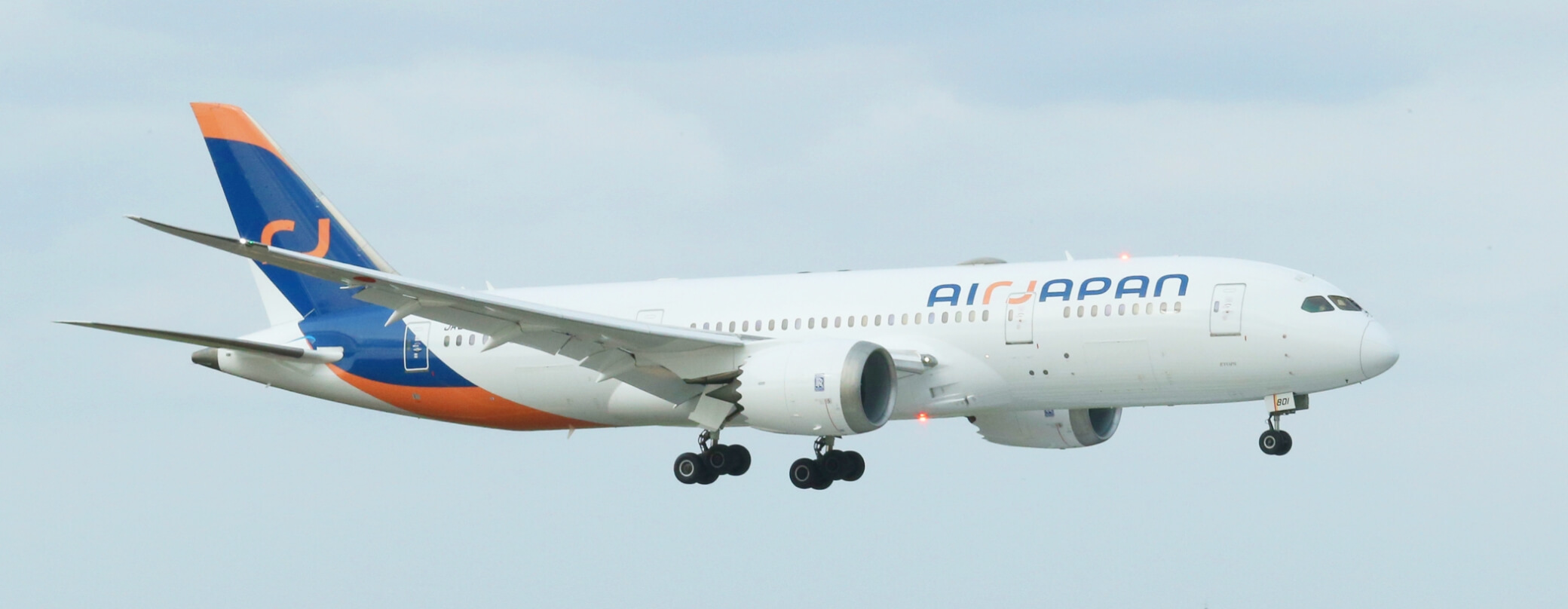
Recent developments have also shaped the fleet strategies of ANA and Japan Airlines. The boom in low-cost travel prompted both carriers to establish budget subsidiaries—Air Japan for ANA and ZIPAIR Tokyo for JAL. To support these ventures, each transferred a number of Boeing 787-8s, retrofitting the cabins to align with the service models of their respective low-cost operations.
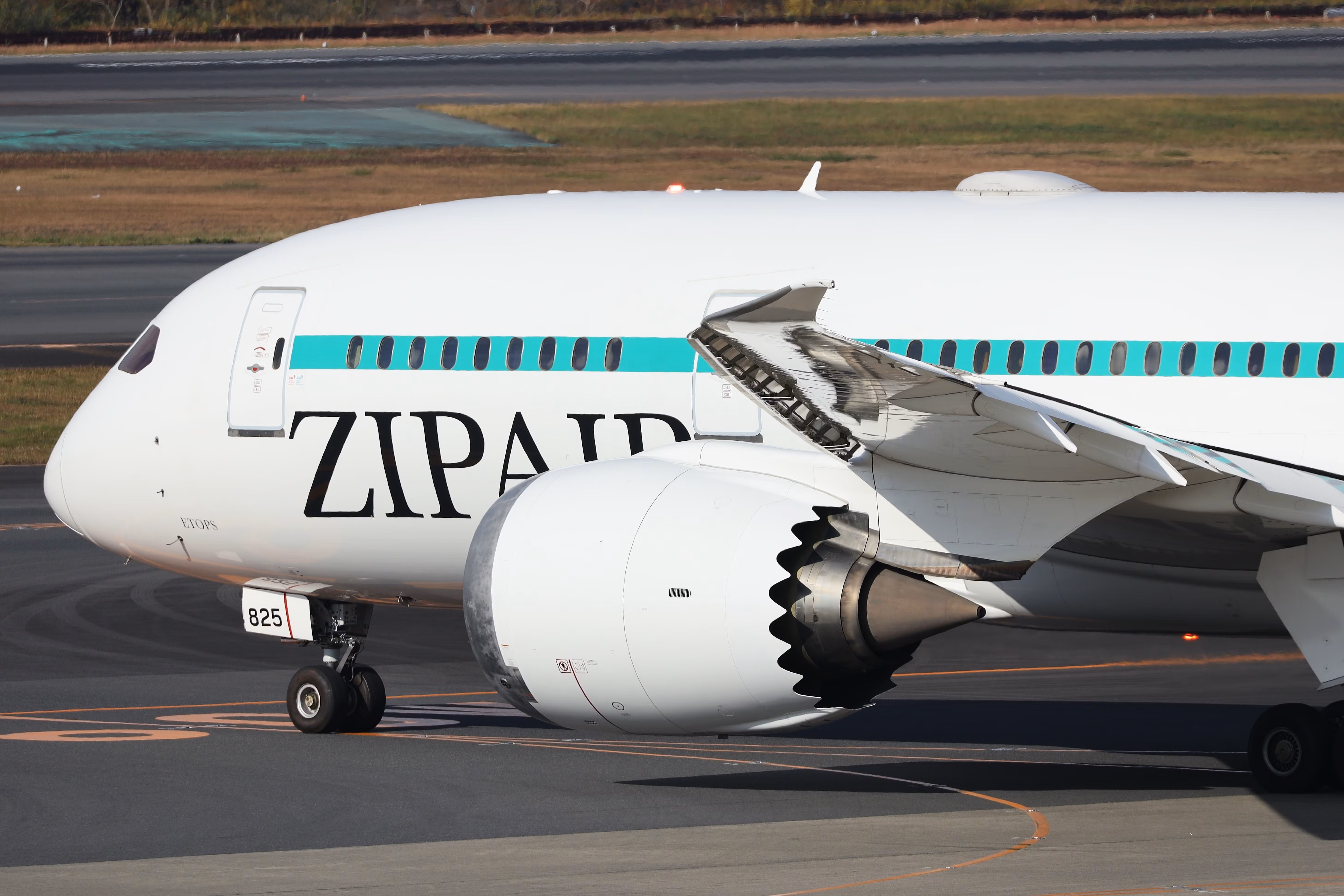
This was just the most prominent example. Both ANA and JAL operate several other subsidiary or affiliated airlines under their brands. Most recently, ANA completed a 100% acquisition of the Japanese freighter airline Nippon Cargo Airlines (NCA), absorbing its fleet of eight Boeing 747-8Fs in the process.
All Nippon Airways - a brief breakdown
The world’s first & largest operator of the Boeing 787 :

Having previously explored the strategic approach of Japanese airlines in acquiring aircraft that are both economical and reliable, ANA’s commitment to the Dreamliner family serves as a practical example. Its nearly 120-aircraft order book for the family—originally known as the 7E7—tells a story on the surface, but a closer look at passenger-focused specifications reveals even more.
1) Multiple Variants: ANA operates three distinct 787 variants, strategically leveraging each for different operational needs: the 787-8 for domestic routes, the larger 787-9 for long-haul networks, and the 787-10 for high-demand sectors such as Tokyo Haneda – Sapporo Shin Chitose.
2) Passenger-Centric Features: According to Osamu Shinobe, senior advisor for ANA’s 787 fleet, a key selling point of the aircraft is its cabin pressure system, which maintains humidity and air pressure at 40,000 ft levels comparable to conditions on the ground.
3) Window-Dimming: The Boeing 787 was the first commercial airliner to feature a centrally-controlled window-dimming system, replacing the traditional manual window shades of earlier aircraft. While some aviation enthusiasts may not favor it, passengers enjoy a higher level of comfort throughout their journey.
The Airbus A380 – A One-Trick Pony?
One of the aviation world’s most unusual deployments, ANA operates just three A380s, exclusively on the Tokyo Haneda – Honolulu (HND–HNL) route.
Interestingly, these aircraft were not originally intended for the airline. They were acquired as a byproduct of ANA’s 2015 buy-in of low-cost carrier Skymark, leaving the airline with superjumbos that few of its routes actually required. The COVID-19 pandemic further reduced demand, even on the HND–HNL route, resulting in operational losses from many A380 flights.
With the broader industry trend phasing out quad-jets, ANA’s A380s may see a limited future in its fleet. Still, at a relatively young age of around 6.4 years, they may continue flying for ANA or potentially for other carriers over the coming decade.
A Continued Reliance on the Boeing 777
ANA’s long-standing trust in the Boeing 777 is clear—not only from the number of aircraft operated and the average lifespan of past 777s (17.29 years), but also through its 20 orders of the 777-9.
Exact delivery dates remain uncertain due to well-documented delays in the program. However, the 777-9 promises increased passenger capacity, composite wings, and next-generation GE9X turbofan engines, all designed to boost capacity, fuel efficiency, and sustainability. The aircraft will directly replace ANA’s 13 Boeing 777-300ERs on long-haul, high-demand international routes, ensuring the airline maintains its operational efficiency and reliability for years to come.
Japan Airlines - a brief breakdown
A Subtle Shift Away from American Presence

JAL’s substantial order of 52 A350s represents a major step toward fleet modernization, replacing older, less fuel-efficient aircraft such as the Boeing 777-300ER and Boeing 767 series across both international and domestic routes. Particularly on the 777-300ER replacement, the new A350s feature First, Business, Premium Economy, and Economy cabins, reflecting a long-term investment strategy centred on Airbus widebodies for decades to come. This move signals a reallocation of roles once dutifully handled by Boeing aircraft.
From Widebody to Narrowbody
In a notable development, JAL recently announced the acquisition of 11 Airbus A321neo aircraft to replace its aging domestic Boeing 767s. At first glance, the decision may seem unusual, given differences in specifications such as passenger capacity, payload, and range. Nevertheless, the move reflects a broader strategy of fleet renewal and efficiency optimization for domestic operations.
Metric | Boeing 767-300ER | Airbus A321neo |
Passenger Capacity (All-Economy Configuration) | 290 | 244 |
Payload (T) | 172-187 | 97 |
Range (km) | 7,100 | 4,000 |
However, with air travel surging and the airline already operating domestically configured 787-8s, 787-9s, A350-900s, and 737s, the A321neo appears intended primarily to supplement existing capacity and support supplier diversification. It is also likely to serve a dual role, flying both domestic routes and lower-demand regional destinations such as Korea and Taiwan.
A Refresh of the 737 Fleet
Having operated a total of 57 Boeing 737s throughout its history, Japan Airlines continues to rely on one of the world’s best-selling aircraft for domestic operations. The Boeing 737 MAX series will succeed the current fleet, with 38 MAX-8s scheduled to progressively join starting FY2026, marking the next chapter in JAL’s domestic network strategy.
Conclusion
The fleets of All Nippon Airways (ANA) and Japan Airlines (JAL) illustrate the careful balance between tradition, innovation, and strategic foresight that has defined Japanese aviation for decades. Both carriers have built their reputations on reliability, efficiency, and passenger comfort, earning them consistent recognition among the world’s safest and best airlines.
From the post-war reliance on American-built aircraft to the gradual incorporation of European models like Airbus, ANA and JAL have continuously adapted their fleets to evolving market demands, technological advances, and environmental considerations. Their thoughtful deployment of aircraft—from the Dreamliner family and Boeing 777s to specialized acquisitions like the A380 and A321neo—demonstrates a nuanced approach that considers route demand, operational efficiency, and passenger experience in equal measure.
Have questions or want to share your thoughts?
Get In Touch